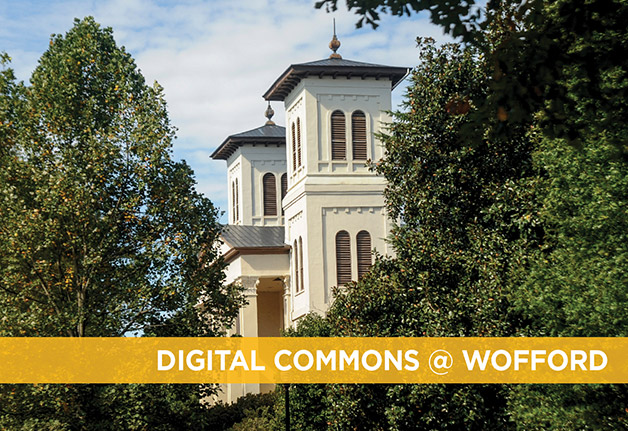Hearing the word “archives” might conjure up images of a dark and cluttered room, with stacks of books, boxes bursting with files, shelves lined with ledgers and old card catalog drawers filled with slips of information. It’s not a place that seems at first glance compatible with today’s tech-savvy, digital students. And yet, the Sandor Teszler Library faculty and staff are working constantly to keep the college’s archival and special collections relevant and accessible.
Students use the college archives in a number of ways. Individual students, including student publications staff members, visit when they want to research some piece of college history. Other interested students might stop by after seeing an artifact or a photograph in a display case. Interim projects often introduce students to some aspect of the archives as well. This year, Dr. Tracy Revels’ Writer’s Workout Interim visited, handling and photographing a number of artifacts that they then used as prompts in their writing.
For more than 15 years, students in the history department’s Historiography and Research Methods class have visited the archives to get hands-on experience with some of the college’s primary source documents. Students in Dr. Ron Robinson’s Religion in the South class regularly make use of the materials that document the college’s experience with desegregation.
Over the past two years, students in the college’s First-Year Interaction seminars also make use of archival materials in their courses. The library archives materials on a number of subjects, from sports to the arts, from Benjamin Wofford to the old literary societies. Students in each FYI seminar use these materials to teach each other about aspects of college history.
Archives bridge the dusty and the digital. Since 2013 the library has maintained a digital institutional repository, which is available at digitalcommons.wofford.edu. We’re making college records and archival manuscripts available to students, faculty and researchers around the world. But even more than that, we’re using it to promote faculty and student scholarship. Any student who successfully completes an honors thesis submits that thesis to the library, and it is placed in the online repository. Some students who complete capstone projects also deposit their papers into the repository, and faculty also can share their scholarship online. One of the most popular collections in the repository came about thanks to an Arthur Vining Davis Foundation grant. Curricular materials developed by teams of students and faculty for high school classes are available in the repository, and as a result, thousands of users around the world have downloaded materials for use in their classrooms.
Archives and special collections are not relics of the past; they support the college’s teaching and research missions by maintaining and sharing the records of the past and the present.
by Dr. Phillip Stone ’94, archivist
